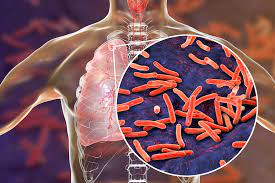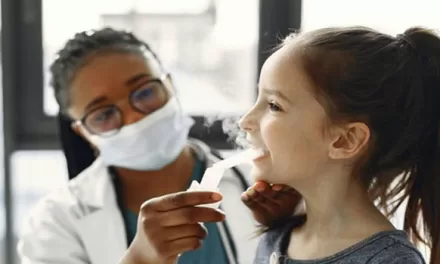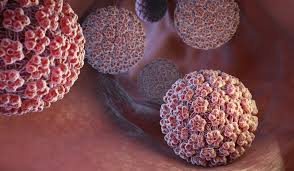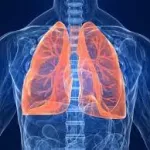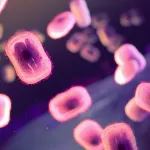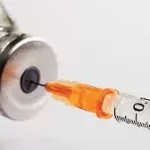Recent studies have revealed that children and teenagers, particularly those in India, are under-represented in cases of multidrug-resistant tuberculosis (MDR-TB) and rifampicin-resistant tuberculosis (RR-TB), with researchers calling for more focused case-finding efforts in this demographic.
Multidrug-resistant tuberculosis occurs when the strain of bacteria causing the infection becomes resistant to at least two of the most effective first-line anti-TB drugs, making treatment more complicated and prolonged. The rising prevalence of MDR-TB is a significant challenge in the global fight to eliminate the disease, as prolonged treatment increases the risk of the infection spreading to others.
The findings, published in The Lancet Child and Adolescent Health journal, reviewed several studies analyzing trends in multidrug-resistant TB treatment for children and teenagers under the age of 19. The research included an analysis of 42 studies, encompassing over 23,000 children and teens, primarily from India and South Africa.
The study found that nearly three-quarters of children and teenagers successfully completed treatment, with treatment durations averaging around 16 months. However, the research highlighted a notable under-representation of younger children, particularly those under the age of 5, who are often not included in treatment initiatives. This age group, the study noted, accounts for the majority of TB-related deaths in children worldwide, yet many of them are never started on treatment.
The researchers also pointed out that older teenagers, aged 15 to 19, made up nearly 70 percent of the study participants, which could skew the overall picture. Teenagers in this age group often present with disease patterns similar to those seen in adults, making it easier to confirm diagnoses through laboratory testing. On the other hand, younger children, especially those under 5 years old, are harder to diagnose and treat, creating a gap in the case data and treatment outcomes.
Dr. Akshay Minhas, one of the researchers involved in the study, emphasized the need for a more targeted approach to TB case-finding efforts in younger children, particularly those under 5. “Younger and clinically diagnosed children are under-represented among those treated for MDR and RR tuberculosis, and we must focus more on case identification in this vulnerable group.”
Rifampicin, a key drug recommended by the World Health Organisation as part of first-line TB treatment, was also highlighted in the study. The lack of treatment options for children with TB resistant to rifampicin underscores the urgent need for tailored treatments and better case detection.
Another review by researchers from the University of Toronto further supported the findings, showing that nearly 90 percent of children and teenagers with extensively drug-resistant TB (XDR-TB)—a form of the disease resistant to almost all available anti-TB drugs—were successfully treated. This high success rate points to the potential for success in treating even the most resistant forms of TB if children and teenagers are properly diagnosed and treated in a timely manner.
Despite these promising treatment outcomes, the study underscores the critical need for more comprehensive research and enhanced diagnostic capabilities for younger children, who remain disproportionately affected by drug-resistant TB but are often excluded from treatment regimens.
Disclaimer: The findings of this study should not be construed as representative of all global trends in drug-resistant tuberculosis cases. Data limitations and the under-representation of younger children in the studies reviewed may impact the accuracy of the conclusions drawn.

